Try the low-maintenance garden trend that welcomes wildlife and nurtures your plants with ease
The rewilding garden trend continues to be one of our favourites of this year, which is why we asked horticultural experts for their tips and tricks to try it at home
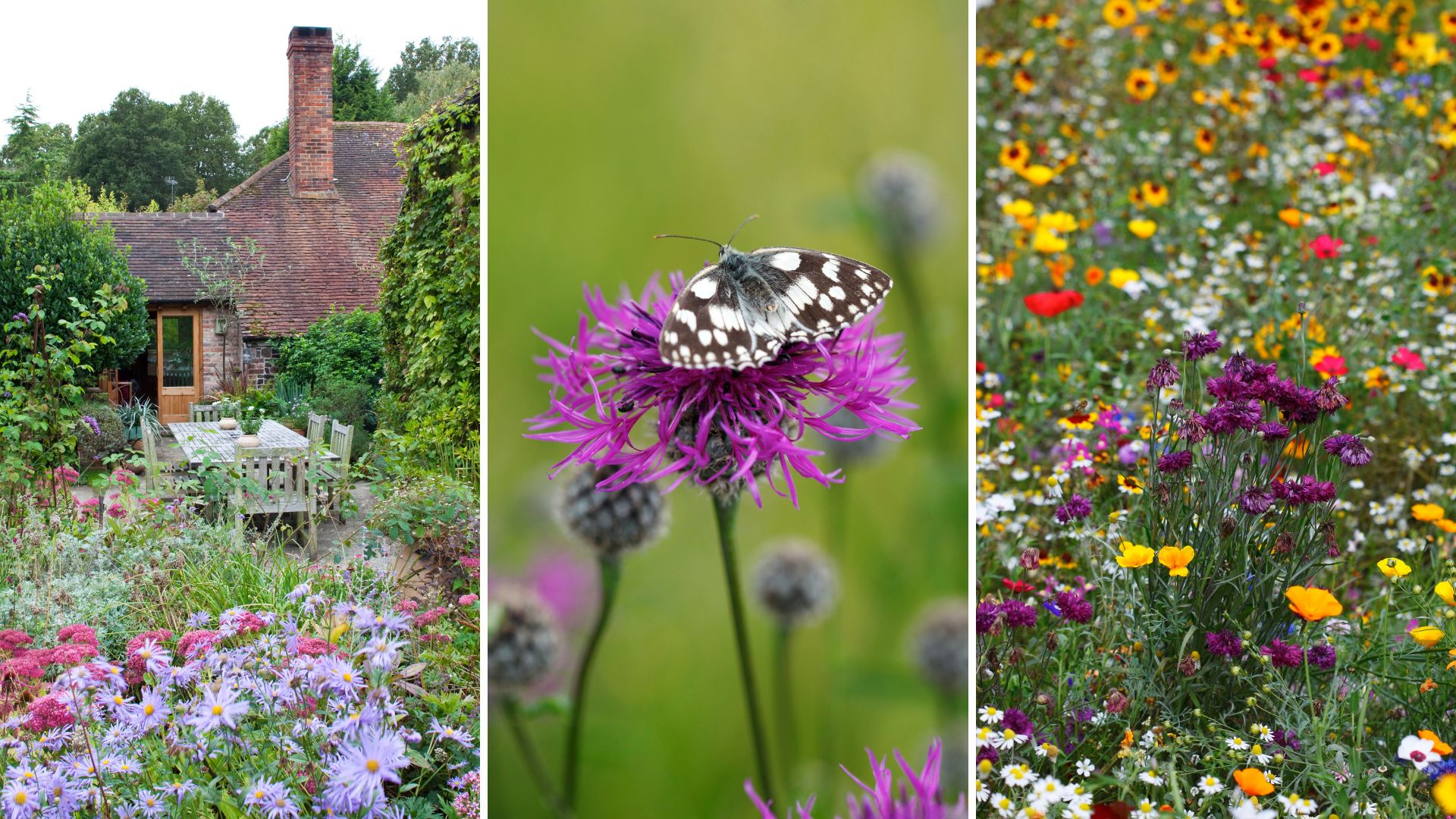

The rewilding garden trend is going nowhere and we're not surprised. Not only is it ideal for low-maintenance gardeners it's also the best garden practice for attracting wildlife from butterflies to hedgehogs.
Whether you're up to date on the latest garden trends or less informed, there's no escaping the allure of a lazy, low-effort look when it comes to our outdoor spaces. Having to keep tabs on when to cut the grass, what to prune when or what type of flowers to sow can get quite exhausting for a gardener with limited time.
So what is rewilding and how easy is it to achieve in your own garden? We quizzed horticultural experts on the benefits of the trend and what steps you can take to turn your garden into a rural oasis thriving with life.
What is the rewilding garden trend?
The rewilding garden trend has been a popular gardening movement for quite some time now and there are many reasons why. Not only does it incorporate beloved Cottage garden ideas with aplomb, but it also uses gardening practices and techniques that naturally welcome wildlife.
"It’s an amazing way for gardeners to use a more progressive approach to conservation and restoration of the natural environment," explains professional gardener Peter Ivanov from FantasticGardeners. "More broadly, this approach is about helping nature through its natural processes repair the damage done to the ecosystem and restore destroyed habitats," he continues.
If you're particularly interested in trying out sustainable garden ideas then incorporating at least one of these rewilding practices in your outdoor space is a great step for your home and the environment.
How to rewild your garden
Luckily hopping on to the rewilding trend is just as easy as it is to maintain, so whether you've only just started vegetable gardening for beginners or have been reinventing your outdoor space for decades it only takes a few simple steps.
Sign up for the woman&home newsletter
Sign up to our free daily email for the latest royal and entertainment news, interesting opinion, expert advice on styling and beauty trends, and no-nonsense guides to the health and wellness questions you want answered.
1. Change your views on garden tidiness
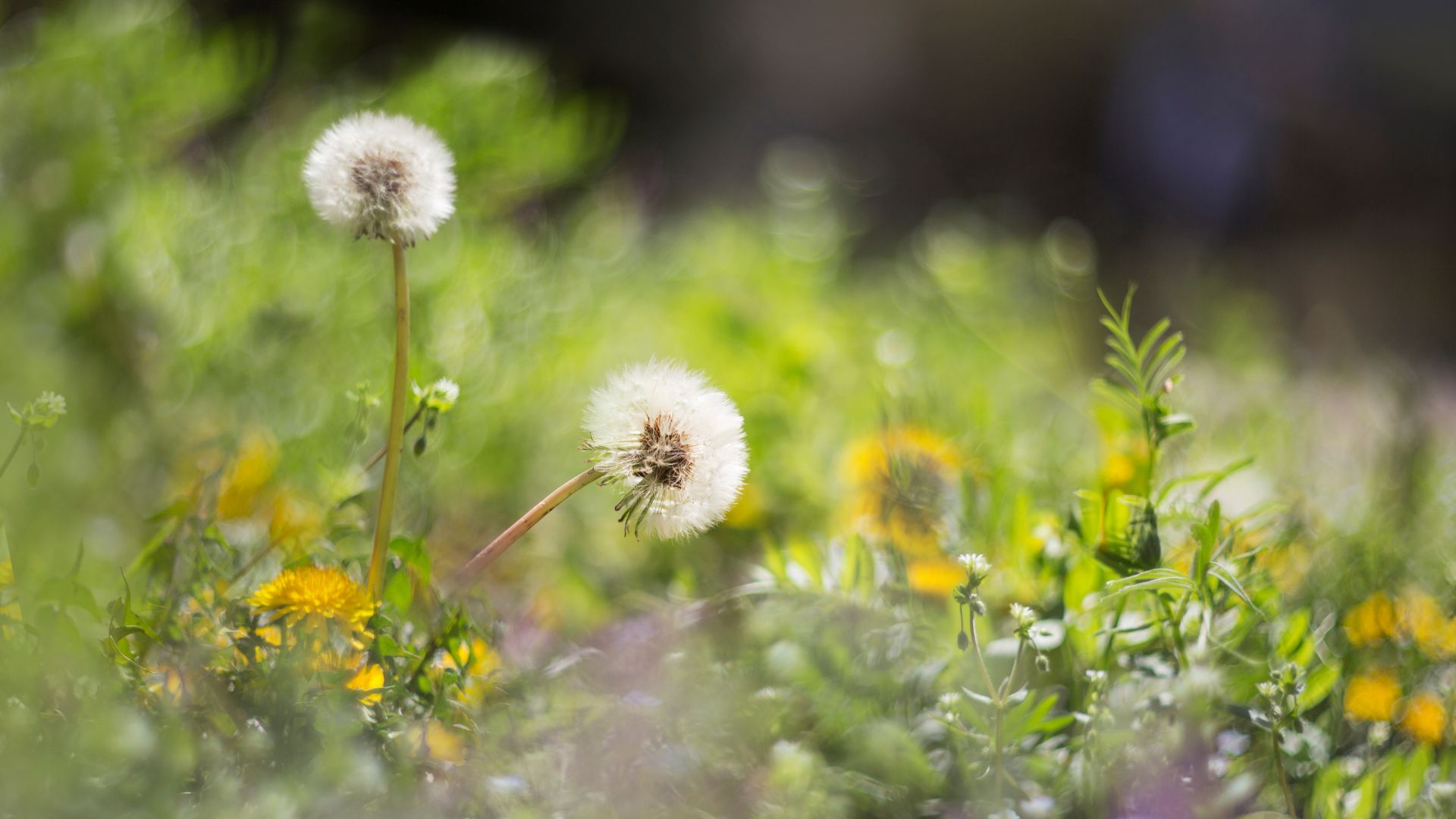
Are you the type of gardener who is constantly wondering how to get rid of weeds in your grass without ruining the lawn? Well the rewilding trend forces you to reconsider your weeds hatred, no more back-bending days filled with digging up dandelions and nettles.
Peter explains that changing your views on garden aesthetics altogether is a big part of rewilding a space, this certainly isn't for the quiet luxury garden lovers. He says, " Before you start rewilding your garden, you’ll need to understand that what some call a tidy garden is a space that’s hostile towards certain species of wild plants and animals."
Once you've accepted that your garden now somewhat belongs to nature, the rewilding process can truly take place. Peter recommends letting at least some chosen areas of your garden be free from maintenance, which means no more weeding or cutting back. If you are particularly fond of a more tame look but want to welcome wildlife, you could always just choose one corner to become overgrown.
2. Reducing your use of pesticides
Using pesticides, natural or not, can have adverse effects on both your plants and other types of wildlife. Nowadays the best way to get rid of weeds and pests is using natural ingredients.
"Chemicals that gardeners often use while gardening kill both plants and insects that live in it and the first step towards rewilding your garden should naturally be to stop using things like pesticides and synthetic fertilisers," explains Peter.
Instead of using chemical pesticides which can also thoroughly damage the soil, using natural deterrents such as coffee grounds or eggshells can not only be more effective for slugs and snails but they can provide key nutrients to the plants they're protecting. Deterring pests is just one way to use coffee grounds in the garden, there are many more benefits to explore.

Peter has been a gardening and plant expert at Fantastic Gardeners for over 8 years, he is now one of the company's top-performing experts and manages over 6 teams of gardeners. He works on creating stunning landscapes and prioritises sustainability in his gardening methods.
3. Create a pond
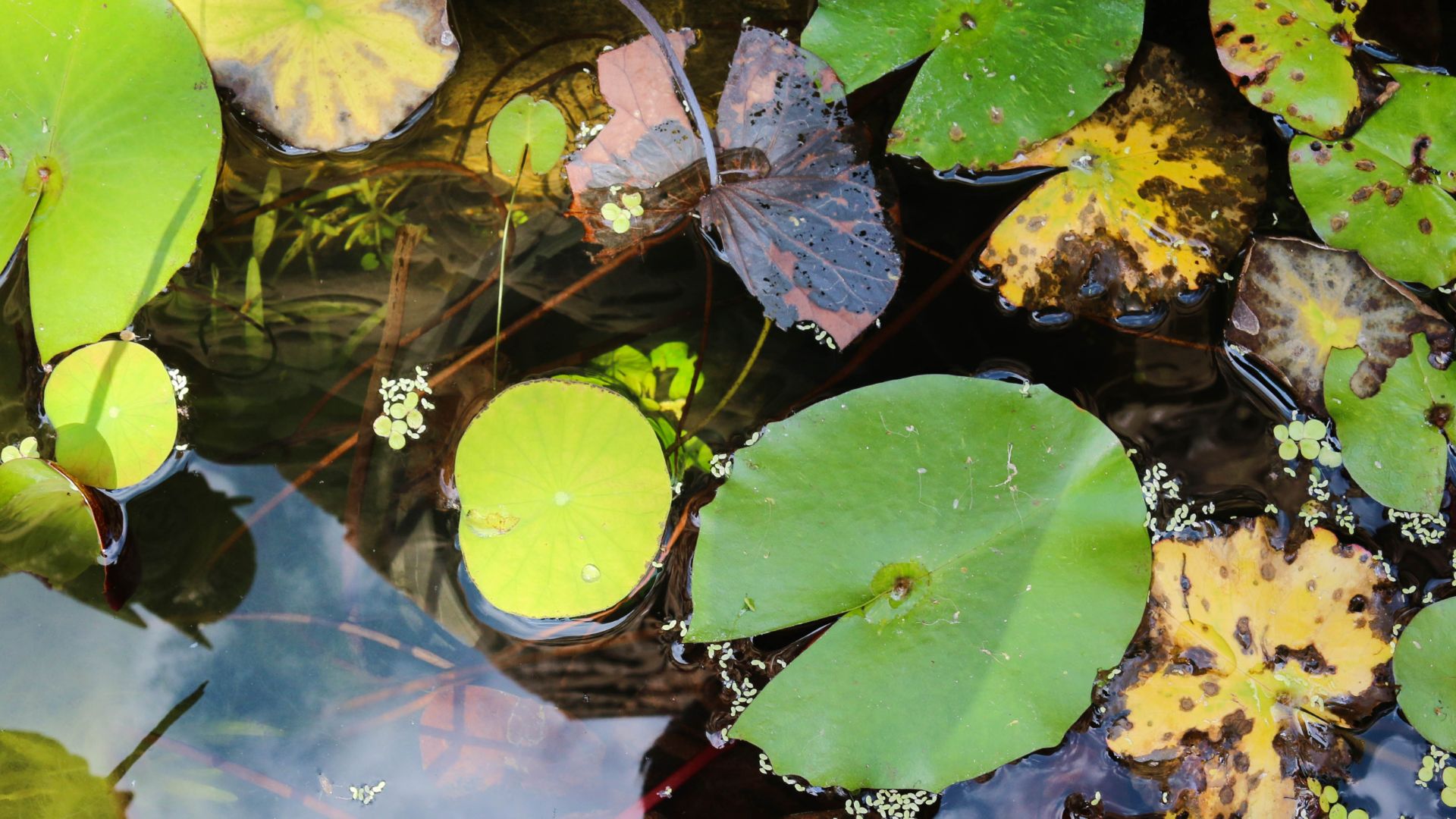
Perhaps one of the more high-effort steps of rewilding but installing a pond in your garden can bring in such a variety of wildlife and will also allow you to plant different species. Just be sure to keep the pond far away from any outdoor seating or you might be wondering how to get rid of mosquitoes.
Speaking to Russell Birchell, founder of Hedging UK, he says, "Installing a pond acts as another central focal point for biodiversity, providing a source of water for wildlife." He continues, "Ponds attract a variety of species, from amphibians and insects to birds and small mammals, thereby enabling the creation of a thriving ecosystem within your garden."
Not only can a pond, big or small, welcome a whole host of new wildlife it can also help with other rewilding practices as it provides essential resources and a home for various animals and organisms.
If you're on the lookout for essential small garden tips, then we've found a highly recommended complete patio pond kit on Amazon for £65.99.

Russell has always had an interest in horticulture, right from the moment he built a polytunnel on his parent's farm when he was younger. From this, he went on to grow perennial plants and sell them to customers, until finally he went on to sell hedging plants and founded Hedging UK.
4. Reduce lawn mowing
This certainly isn't a step for those of you who love a neat lawn, and who eagerly follow how often you should aim to mow your lawn throughout the season. No, this step is all about letting go of that perfect Wimbledon-inspired lawn and welcoming a more overgrown meadow look to your garden.
"If you do anything, the easiest tip is to step back and stop mowing your lawn- or at least some of it," explains professional florist and gardener David Denyer. Similar to the first step, this doesn't have to apply to your entire garden.
It's not just about how important letting your grass grow can be for wildlife, there are also aesthetic benefits for reducing the amount you're mowing. David says, "It will create places for wildlife to thrive and new habitats for small mammals as well encourage wild meadows- an understated garden feature that requires minimal maintenance but looks fabulous."

As a celebrated figure in the world of floral design, David has captivated audiences with his stunning floral arrangements and designs for years. He is a two-time Florist of the Year and six-time Chelsea Gold Medalist, whilst also being the in-house plant expert for Eflorist.
5. Introduce native plant species
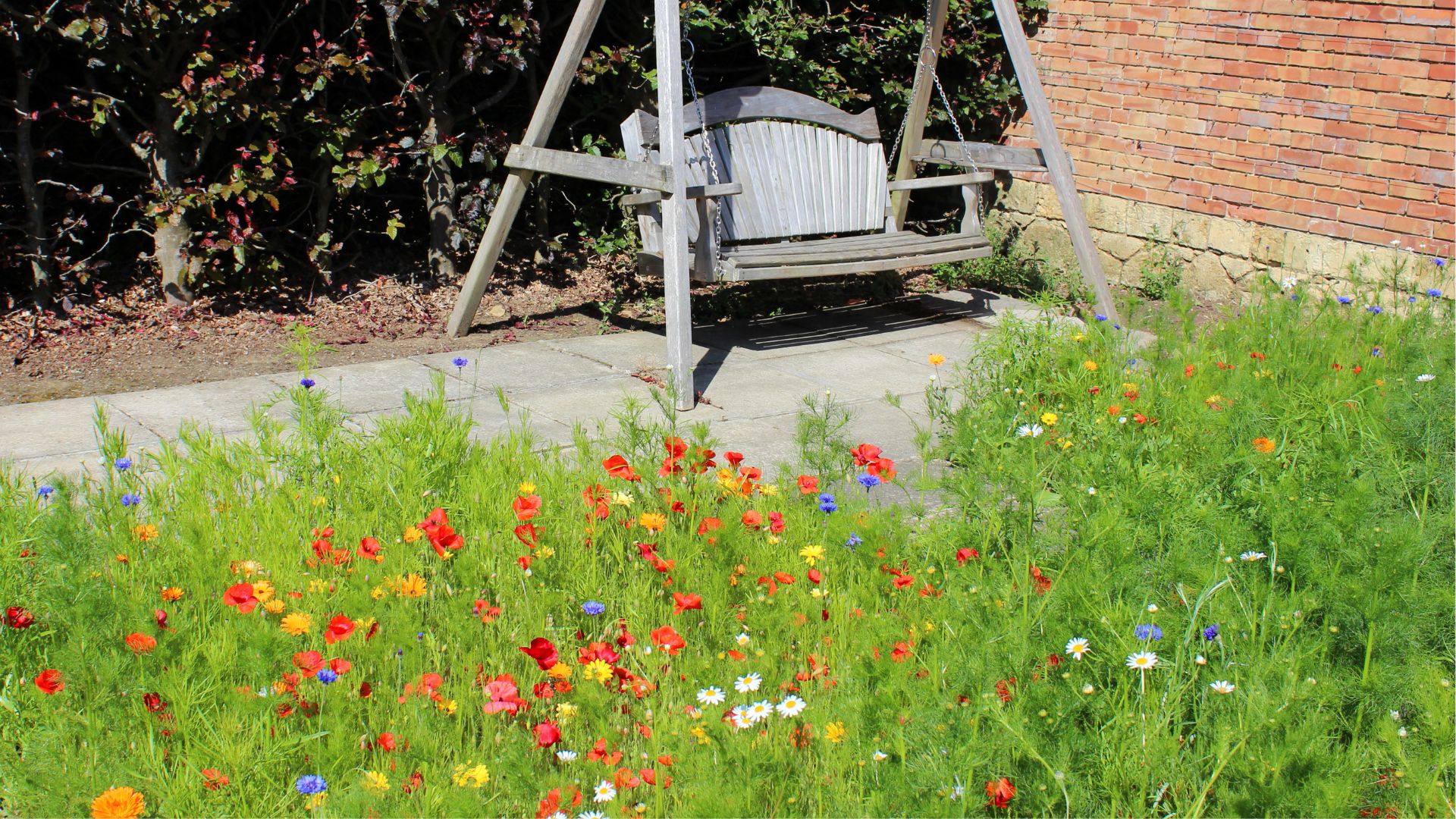
Whether you've already hopped on the wildflower garden border trend or not, knowing what wild native plant species you can incorporate into your garden is a great way to start rewilding.
Introducing plants that aren't native to your environment can be a risk to your garden's ecosystem, Peter recommends you avoid non-native plants altogether. He says, "Local plants provide a better food source and benefits for local wildlife and grow better in the local soil."
Choosing the plants that are native to your area and insect-friendly due to their pollen will also attract birds and other predators to your garden which will benefit the ecosystem of your garden.
Peter also says, "Planting flowers will also be very beneficial if you’re growing vegetables, especially if you learn how to perform companion planting correctly."
6. Start home composting
It's no secret that the best compost makes for the best thriving plants, and there's no better compost than that you can make at home. Russell is quick to promote home composting and how effective a step it is in accomplishing a successful rewilding project.
"By composting organic waste, you not only reduce landfill contributions but also enrich the soil with valuable nutrients," he explains. It's no good having the best plants every garden needs if the soil they're rooted in isn't healthy, as Russell points out healthy soil is vital for supporting diverse flora and fauna.
This step is undeniably crucial when it comes to the rewilding garden trend, plus it gets rid of all your used potato peels! We've found a highly recommended 300-litre compost bin on Amazon for £25.97.
7. Install bird feeders and nest boxes
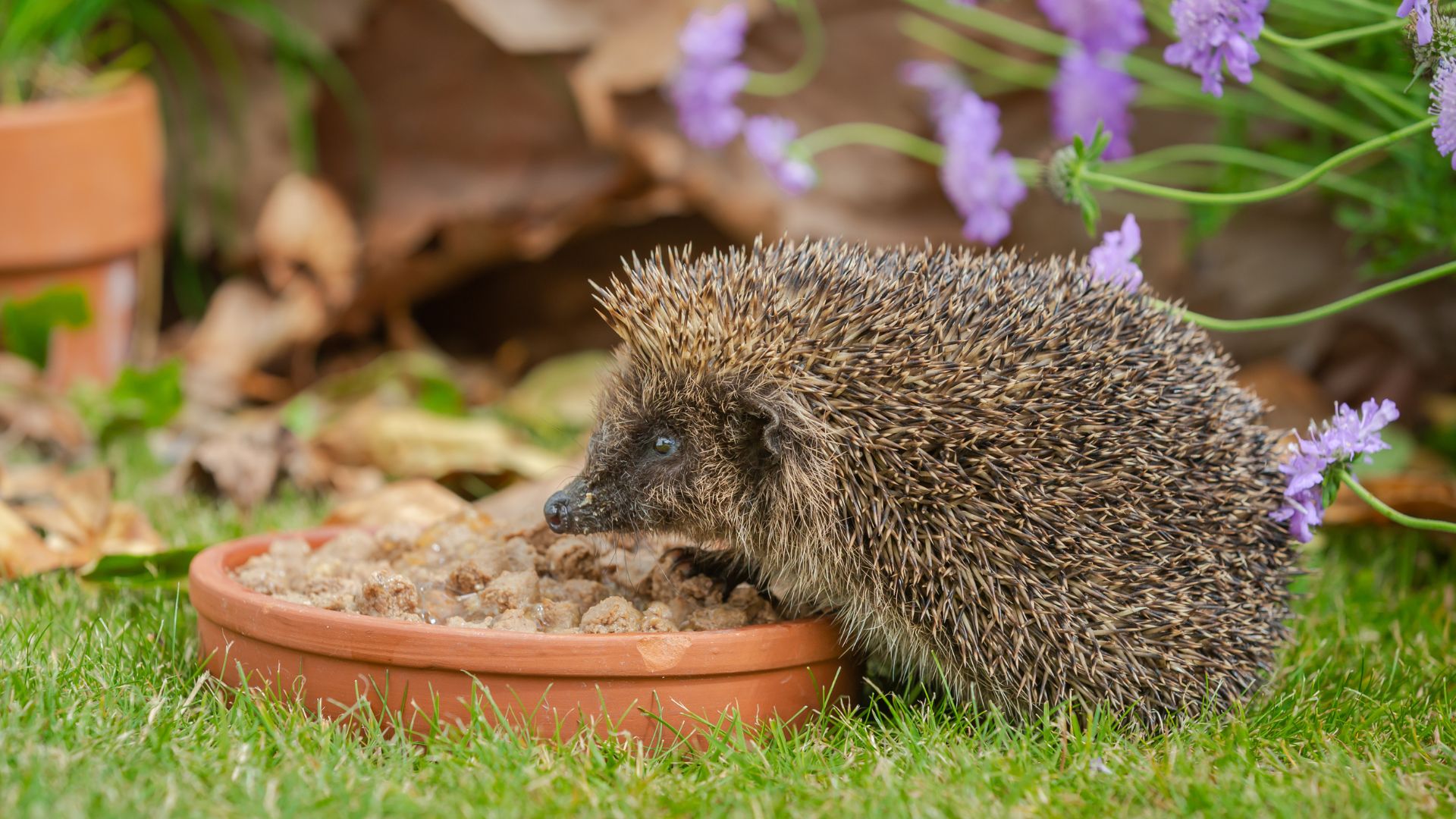
If you're keen on birdwatching or simply want to see your garden enjoyed by all types of wildlife then actively creating habitats for them is key. If you're worried about how to stop foxes coming into your garden then there are feeders which are designed to keep other unwanted animals at bay.
As previously mentioned, installing a pond can welcome wildlife into your outdoor space but they'll also need shelter if you want them to come back or stick around. "Introduce bird boxes, insect hotels, and hedgehog houses to provide nesting sites for wildlife. This also then encourages further wildlife in the future, so you can continue your rewilding journey," says David.
We've found some great feeders and nest boxes that can be incorporated into your garden in various ways.
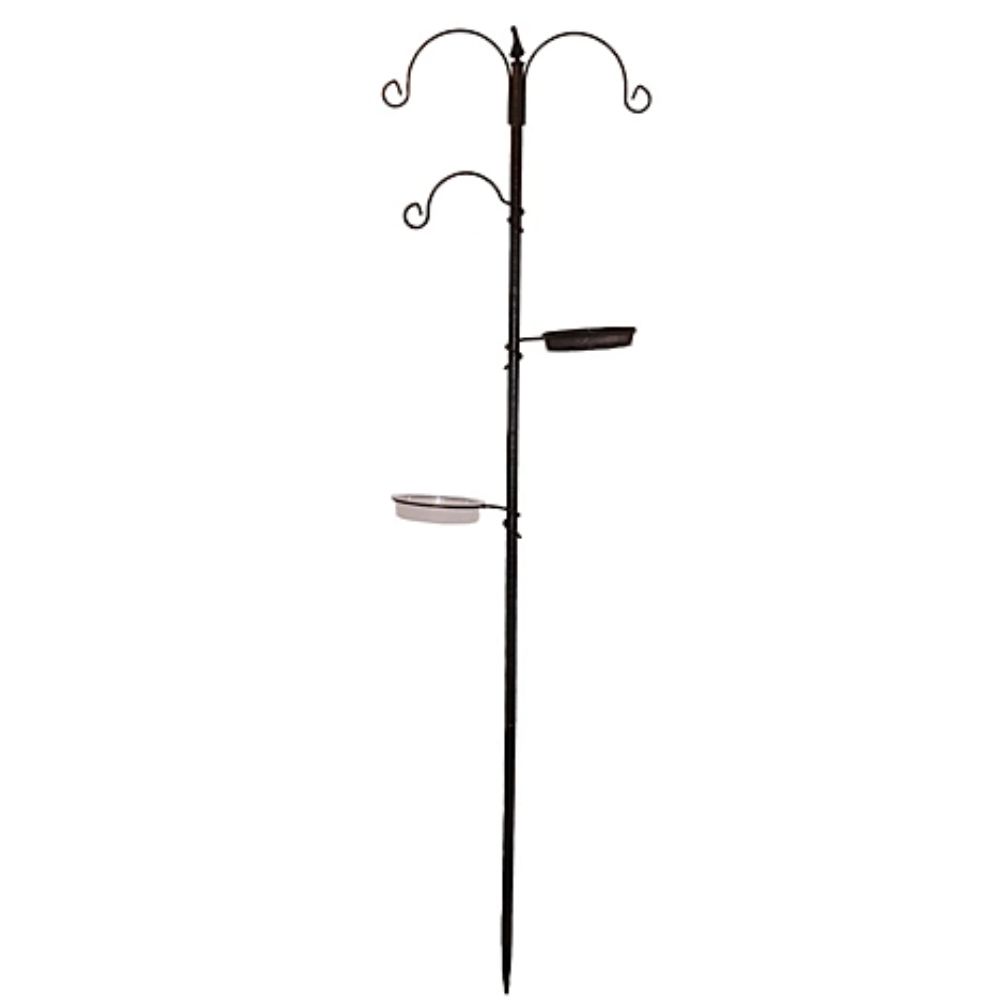
RRP: £14.17 | This bird feeder will not only keep foxes from stealing bird feed but the slippery thin pole will also deter those pesky squirrels too. It comes with three hooks and two water baths for local birds to enjoy.

RRP: £16 | This wooden birdhouse is a great size for gardens big and small, made from high-quality New Zealand pine wood and a non-toxic painted finish you'll be spotting birds in your rewilded garden before you know it.
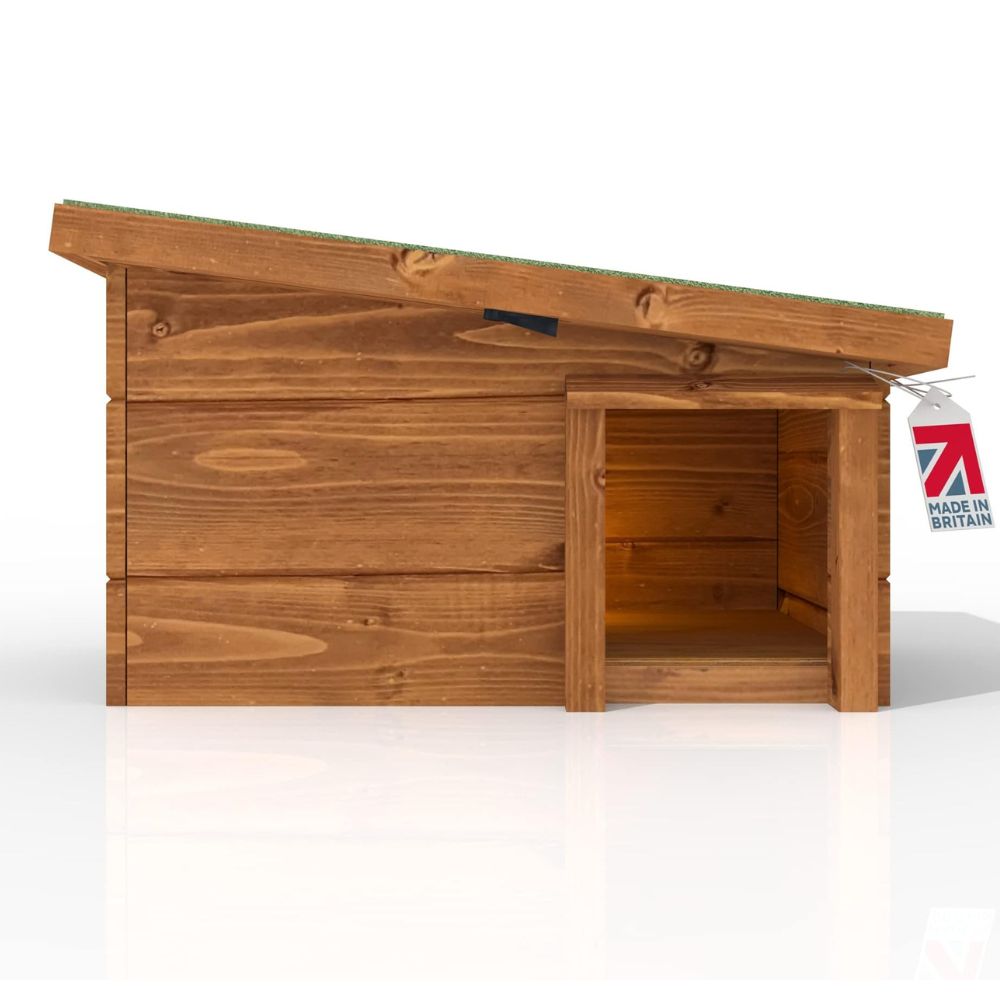
RRP: £34.99 | Should you be looking to welcome some hedgehogs to your garden then this eco hedgehog house is the place to start. With a felt roof cover and full wood flooring, any prickly friends will be safe and warm.
Welcome the wildlife and give your lawn mower a good rest, adpoting the rewilding garden trend may be difficult at first but the benefits you'll see will make it all worth it. Whether that's the birds you'll begin to see or the way your plants start thriving with the homemade compost, for a low-maintenance garden trend it is sure a high reward outcome.

Emily joined woman&home as a staff writer after finishing her MA in Magazine Journalism from City University in 2023. After writing various health and news content, she now specialises in lifestyle, covering unique cleaning hacks, gardening how-tos, and everything to help your houseplants thrive.
-
 Aldi's affordable bedding is actually made by my favourite sleep brand - it's got more than your duvet covered
Aldi's affordable bedding is actually made by my favourite sleep brand - it's got more than your duvet coveredAldi's Anti-Allergy Bedding has arrived in the middle aisle and it's more affordable than the best mattress toppers, duvets, and mattress protectors out there
By Laura Honey Published
-
 Unforgettable date ideas to make a great first impression or rekindle romance
Unforgettable date ideas to make a great first impression or rekindle romanceForget the same old first date formula - these unforgettable date ideas will leave them thinking about you long after you go home
By Natalie Denton Published